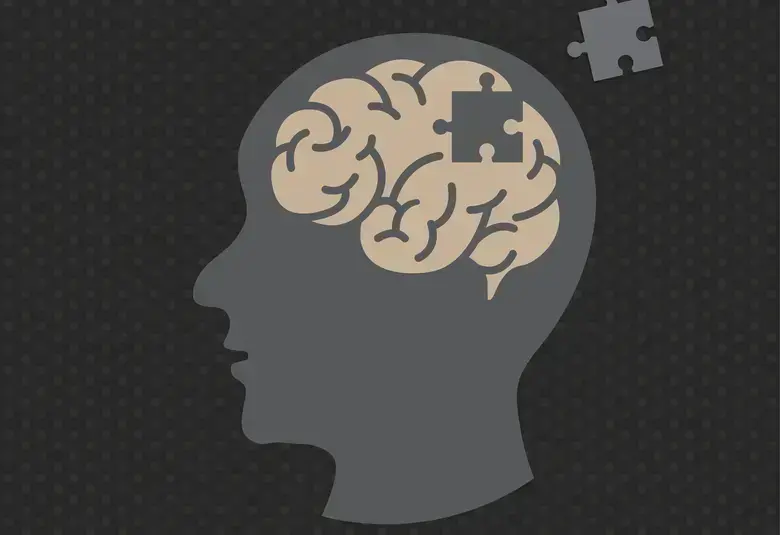Treatment-resistant depression is a concept that needs to be clinically re-defined to encompass a more holistic approach that considers all the treatment options available in order to improve the outcomes of patients.
There is a clinical need to re-define the concept of treatment-resistant depression (TRD), said Professor Koen Demyttenaere, University of Leuven, Brussels, at EPA Virtual 2021.
The definition of TRD is mainly pharmacologically driven and several important factors are not sufficiently considered, including psychosocial factors, which can dramatically influence outcome, psychotherapy, and neuromodulation.1
Difficult-to-treat depression (DTD) is a recently introduced concept that aims to change the conceptual model and management of TRD.2,3
Difficult-to-treat depression – a collaborative concept between patient and physician
Management goals for difficult-to-treat depression are very different to those of treatment-resistant depression
Professor Hamish McAllister-Williams, Wolfson Research Centre, Newcastle upon Tyne, UK described the ‘reconceptualised’ model for DTD, explaining that there is no universally-accepted definition of DTD, but it may be defined as a situation whereby the clinician and the patient together feel that they are starting to have difficulties managing the depression.4
The concept of DTD is not just a change in terminology, but has implications for how patients are managed, said Professor McAllister-Williams.
The goals of treatment of DTD are very different to the (single) goal of TRD, which implies repeated serial acute trials of pharmacotherapy without considering other factors, he said, and outlined the three goals of DTD:4
- To strive for optimal symptom control – remission if possible
- To reduce the risks and impact of relapse
- To optimise psychosocial functioning
The treatment goals for DTD and TRD are very different
The treatment model for DTD is a combination of principles and practice, encompassing eight management steps:4
- Optimal symptom control using conventional, guideline-recommended treatments, but moving on to non-conventional therapies in an appropriate and timely way
- Targeting symptoms associated with poor outcomes, e.g. anxiety and pain
- Targeting symptoms associated with poor functioning and quality of life such as sleep difficulties, fatigue, and cognitive dysfunction
- Screening for and managing physical and psychiatric comorbidities, and substance misuse
- Optimising prophylactic treatment
- Encouraging self-management techniques to empower patients
- Using integrated health services to help provide a sense of containment and ensure wide consideration of treatment options
- Establishing regular reviews of the patient’s diagnosis and treatment
The switch from TRD to DTD, however, is only relevant if it changes the management of patients concluded Professor McAllister-Williams.
For the latest updates on sea.progress.im, subscribe to our Telegram Channel https://bit.ly/telePiM
Our correspondent’s highlights from the symposium are meant as a fair representation of the scientific content presented. The views and opinions expressed on this page do not necessarily reflect those of Lundbeck.




